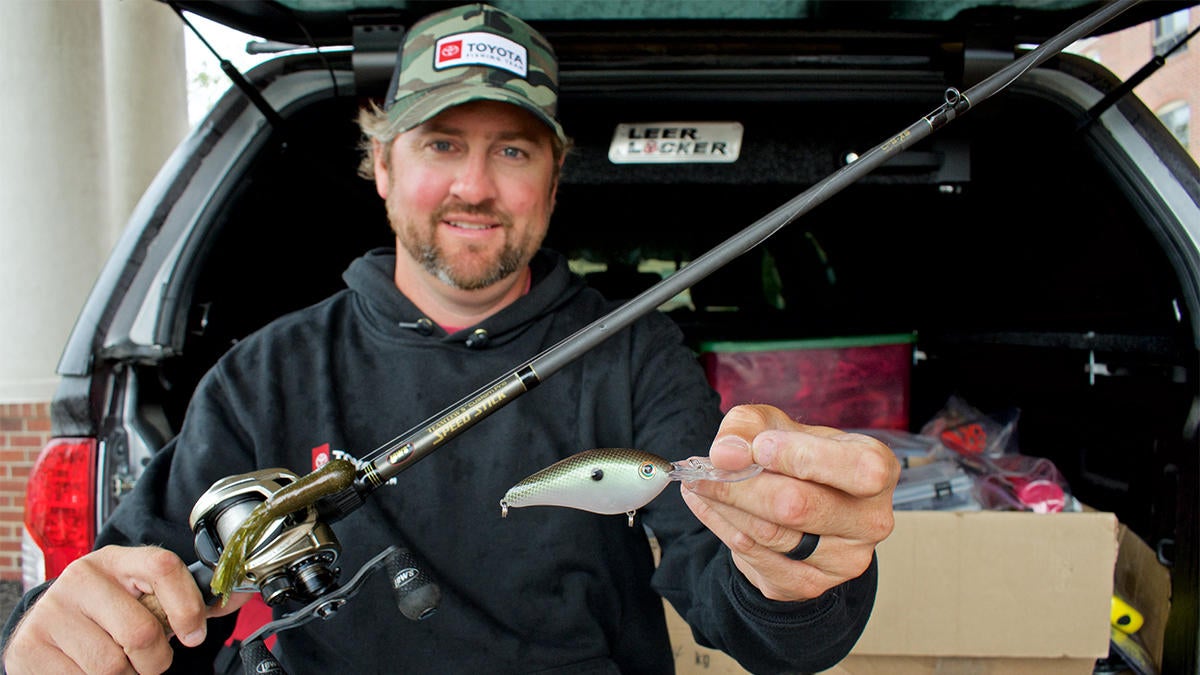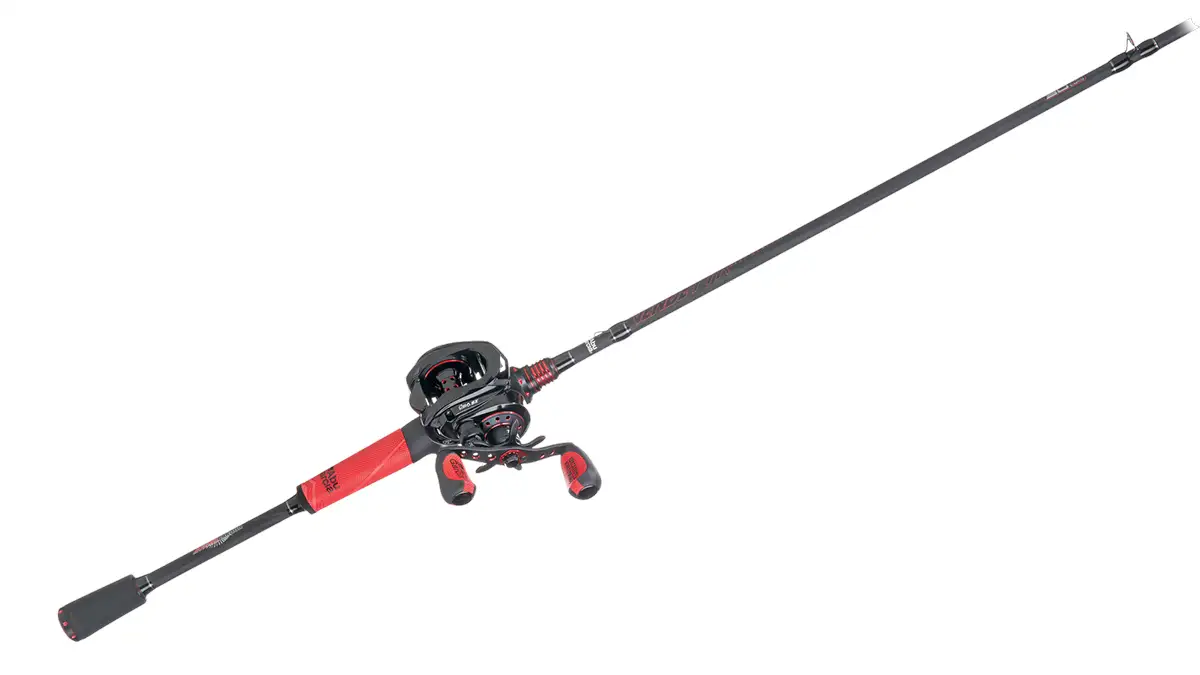Team Toyota’s Matt Arey is one of 50 Elite Series anglers who have been braving the inland ocean of Lake St. Clair that serves as the playing field for the Toyota Angler of the Year Championship this week.
High winds, big waves, and drifts have been a consistent talking point throughout practice for the anglers and that theme has continued today for day number one of competition. Arey is sitting in great position to qualify for his 1st ever Bassmaster Classic next March and graciously offered three tips on drifting for smallmouth bass. 

Use your electronics but don’t rely on them
The first tip Arey offered is to avoid using electronics to find fish, specifically on featureless fisheries Lake St Clair. That doesn’t mean Arey ignores his graphs altogether, he just uses them to scan the bottom for grass as opposed to individual bass.
“On Lake St Clair I’m looking for clean, sandy bottom areas around scattered grass,” Arey explained. “This week the ideal depth for me has been 14 to 20-feet of water and I want to see patches of grass mixed in with areas of clean bottom. After you find the right type of cover, it comes down to getting on the trolling motor and fishing to find out what lives there.”
The time of the year and water temperature dictates what depth range Arey spends the majority of his time in, but scattered grass and sand has been a key in every trip he’s made to the “sixth Great Lake”.
When the wind is howling and the waves are rolling like they have this week, Arey would rather spend his time casting in opportune locations as opposed to looking at his electronics.
Have a search bait and a clean-up bait
Once Arey has found a potential area he employs both reactionary-type search baits and a “clean up” presentation throughout his drifts.
“I like to start my drifts with a search bait like a crankbait or swimbait to cover as much water as possible,” Arey said. “Smallmouth are sight feeders and will often come a long ways to eat a lure, especially if the sun is shining. If I’m struggling to get fish to commit to a moving bait I will go back through an area with a tube jig or a dropshot to mop up any fish I missed.”
The weather conditions play a big role in what kind of presentation Arey uses while making these long drifts. High winds throughout the entirety of practice for the 2019 Toyota Angler of the Year Championship led to a search bait being key for Arey; simply because it’s difficult to feel subtle bites with a bottom bait while bouncing in big waves.
“When I get a bite or catch a bass with a crankbait or a jerkbait I’ll quickly drop a waypoint on my graph,” Arey said. “Truth be told finding smallmouth can be kind of random on St. Clair, but they definitely group up in little wads. The hope is you can run back to those waypoints and catch several fish in a small area. Dragging a dropshot or tube is ideal in this scenario if the conditions allow.”
Be conscious of drift speeds
One last tip Arey gave specific to drifting for bass is to pay very close attention to how fast, or how slow your boat is moving.
“Drift speed is super key on Lake St. Clair,” Arey admitted. “The wind and the current changes your speed depending on the conditions and where you are fishing, but a 1mph change can be a big difference. Be conscious of that.”
Arey explained it is hard to consistently slow a drift down using only a trolling motor, but drift socks or Power Pole Drift Paddles are excellent tools for controlling the speed of a drift. Judging by the weather report this week, Arey may need to use both if he is to have any kind of control over the ever-present wind.












